La Danza Poetica #44 Voix Forte
Voix forte - a multi-layered mix of poetry, rhythm, melody en français, exploring the strong voices of la Négritude movement in France, a movement influenced by the Harlem Renaissance. Our honoured ghosts, Langston Hughes, and les trois pères (the three fathers) of la Négritude: Aime Cesare, Léon-Gontran Damas, and Léopold Sédar Senghor. Their influence reverberates, through France, New Orleans, the Caribbean. Their eloquent descendants, Nikki Giovanni, Youssoupha, Sunni Patterson. Voices flow through a mix of deep electronic beats, abstract French hip hop and shimmering Haitian/American folk. Featuring Leyla McCalla, Caro C, Christine and the Queens (with Tunji Ige), Fauve, Odezenne, brome, Bleu éther. Très éclectique, très fort!
Tracklist
Christine and the Queens - No Harm Is Done (feat. Tunji Ige)
LAPKAT - Je ne peux pas ...
Léon-Gontran Damas - Si souvent
Caro C - A Plentitude of Gratitude
Nikki Giovanni - A Poem (For Langston Hughes)
Léon-Gontran Damas - Shine
Léon-Gontran Damas - Le vent
Odezenne - Bouche à lèvres
Sunni Patterson, Blade Deep & 4matiq - Universal Souls
Léon-Gontran Damas - Savoir-vivre
Fauve - Vingt-trois
Léon-Gontran Damas - Elle s'en vint
Fauve - Paraffine
Odezenne - Ciao ciao
Léon-Gontran Damas - Malgré les sarcasmes
Youssoupha - Negritude
Odezenne - Chat suicide
brome - Mona
Léopold Sédar Senghor - Poème à mon frère blanc
Leyla McCalla - Mesi Bondye
Langston Hughes - Ballad of the Gypsy
Bleu éther - Couloir
Langston Hughes - The Negro Speaks of Rivers
Leyla McCalla - Kamèn Sa W Fè?
Notes on the show
It was Leyla McCalla’s 2013 album Vari-Colored Songs, in tribute to Langston Hughes, that inspired me to go in this direction this month, and explore the wider impact of black America's great poet. Leyla's album is a shimmering, light-yet-deep mix of Haitian folk song, New Orleans blues, Creole, and American folk.
Langston Hughes is the great man of American poetry, of the political transformation, the "spiritual coming of age" of black people in America after WWI. And he, along with the poets, philosophers and artists of the Harlem Renaissance during the 1920s and '30s (including Jean Toomer, Jessie Fauset, Claude McKay, Zora Neale Hurston, James Weldon Johnson, Alain Locke, Omar Al Amiri, Eric D. Walrond) influenced young black scholars and students of France’s colonies and territories, particularly Paulette and Jane Nardal, who ran a literary salon in Paris. Paulette translated the writers of the Harlem Renaissance, bringing them to the attention of young black writers and scholars in France, including the "Trois Pères".
The poets and political activists Aime Cesare, Léon-Gontran Damas, and Léopold Sédar Senghor, are considered les trois pères (the three fathers) of la Négritude, the cultural movement that grew out of those connections between France, the Caribbean, and Harlem. The poets, writers and scholars of la Négritude protested colonialism and racism, celebrated African culture and worked to reclaim African self-determination, self-reliance, and self-respect. Bertrade Ngo-Ngijol Banoum succinctly writes about the movement and the influence of the 'three fathers':
The 1931 encounter between Césaire, Senghor, and Damas marks the beginning of a collective exploration of their complex cultural identities as black, African, Antillean, and French. In 1934 they launched the pioneering journal L'Étudiant noir (The Black Student), which aimed to break nationalistic barriers among black students in France. Crystallizing diverse expressions of Négritude by these so-called fathers, L'Étudiant noirwas its most important political and cultural periodical. While the three leaders agreed on Négritude's Pan-Africanist engagement to affirm blacks' "being-in-the-world" through literary and artistic expression, they differed in their styles and designs.
The term Négritude (blackness) was coined by Césaire from the pejorative French word nègre. Césaire boldly and proudly incorporated this derogatory term into the name of an ideological movement, and used it for the first time during the writing of his seminal poetic work Cahier d'un retour au pays natal (Notebook of a Return to the Native Land, 1939). In the author's own words, Négritude is "the simple recognition of the fact that one is black, the acceptance of this fact and of our destiny as blacks, of our history and culture." The concept of Négritude thus provided a unifying, fighting, and liberating instrument for the black Francophone students in search of their identity. It was an expression of a new humanism that positioned black people within a global community of equals.
To delve deeper into the story and importance of the la Négritude, this essay by Bertrade Ngo-Ngijol Banoum is I think a useful start. And of course, the writings and poetry of Césaire, Senghor, and Damas, and Nardal. (Bertrade Ngo-Ngijol Banoum includes a good bibliography in this essay). And the album, Poésie de la négritude: Léon Damas Reads Selected Poems from Pigments, Graffiti, Black Label, and Nevralgies - linked above in the gallery.
This is how the process of making La Danza Poetica grows and teaches me. I find a thread or two, like the tribute to Langston by Leyla McCalla, and the rap of Youssoupha who continues the Négritude philosophy in his own unique way, and I follow. This show is as much sharing the process of my learning as it is sharing what I hear and know with you. To bring these voices into the mix of music and poetry still emerging from the many varied voices of France and French speaking countries - they are subjects of study, and important signifiers to the people whose lives and identities they reflect. But these voices can teach those of us outside the experience about the experience, and my hope is that La Danza Poetica, along with other reflective and exploratory mix tapes and shows, amplifies with respect in a spirit of learning and growing.
The contemporary French (and bonus Manchester!) electronica in this show forms an interesting counterpoint to the 1930s and '40s voices of the three fathers. Two other threads that inspired this month's mix were connections made with the musicians of Bleu éther, and Manchester's Caro C. There is a nice link between the styles of both, incorporation of spoken word and dynamic atmospheric sounds - they make a kind of electronic music that feels organic, 'loose' in the sense of not being wound up too tight, allowing for unexpected moments.
It's probably no secret by now, that I love a bit of French electro/pop! This show is the 'big sister' to my second La Danza Poetica - #2 Voix Basse, made just after an extended summer stay in Paris.
A video to end: Odezenne, naturally, because the short films are as integral to their art as the music. November, by Jérôme Clément-Wilz, documents the active social conscience, protesting and resisting and the making of democracy on the streets of France.
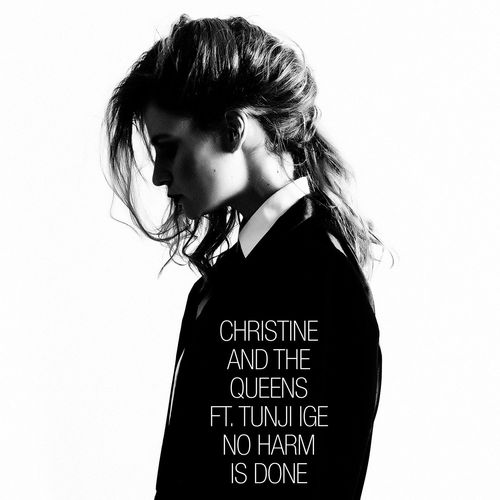
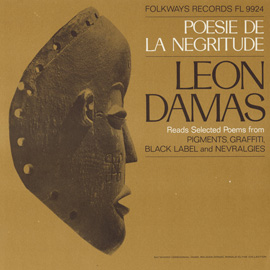
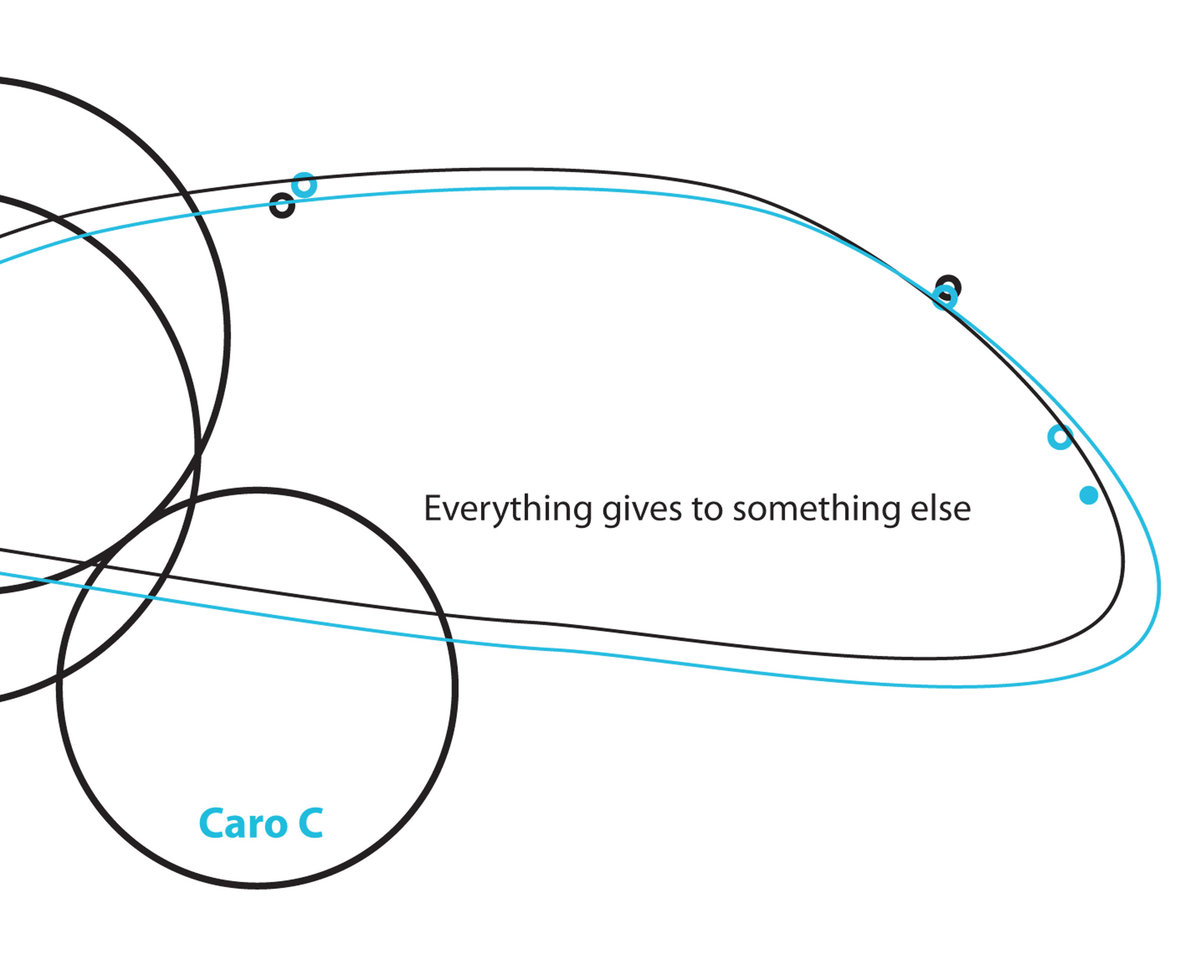
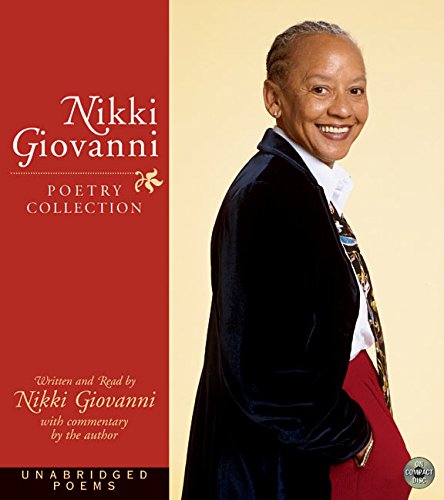

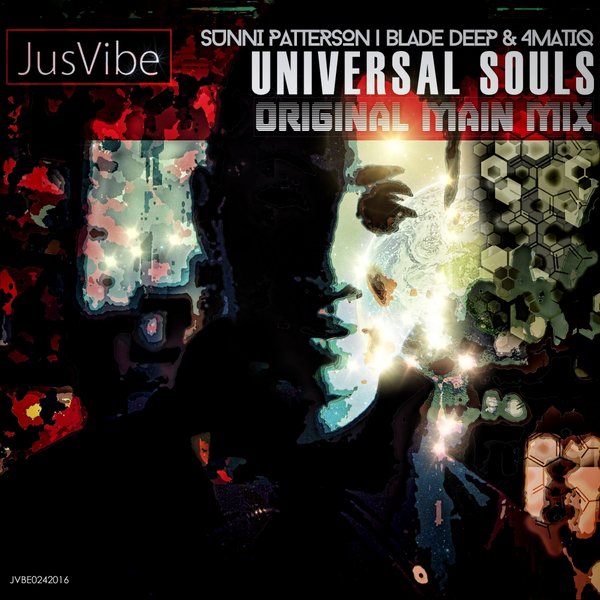
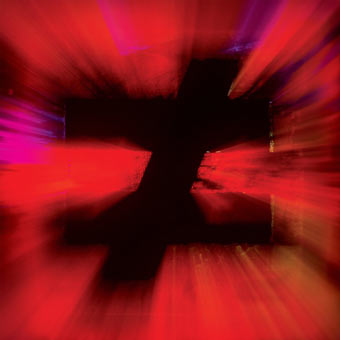
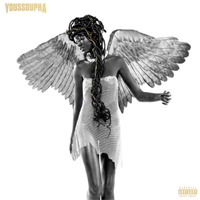
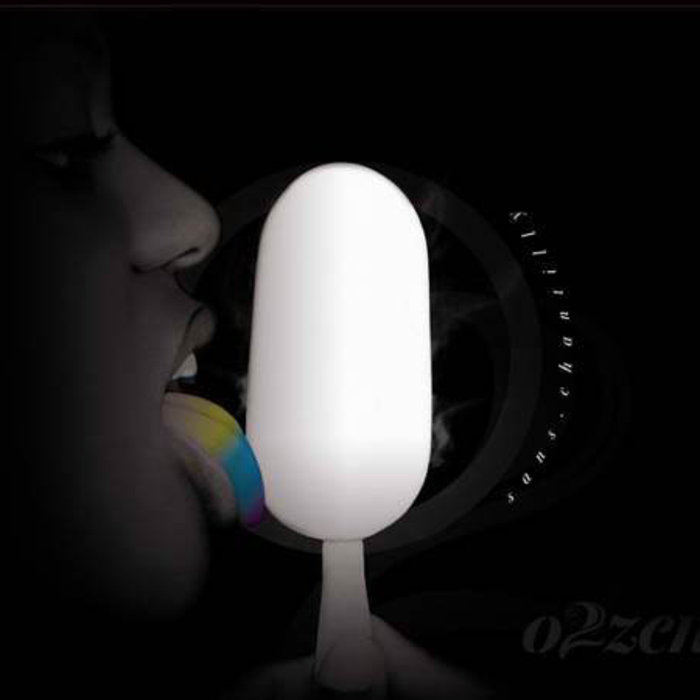
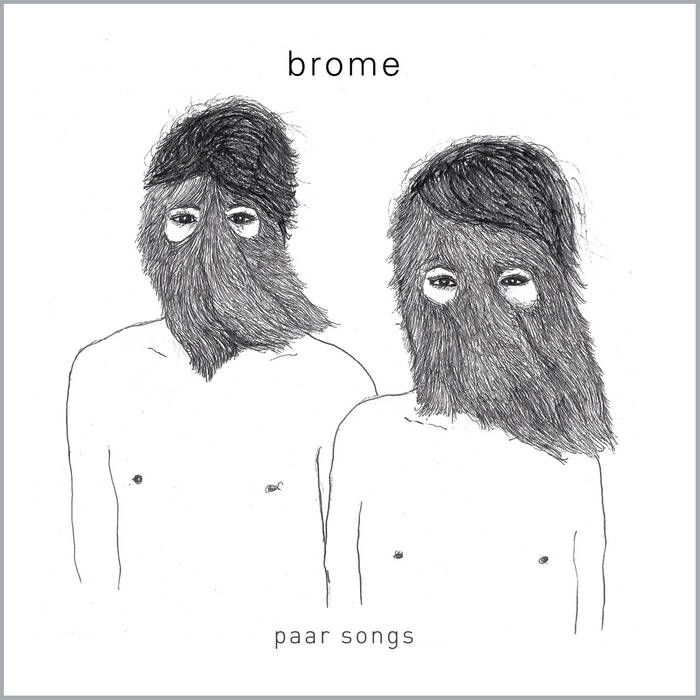
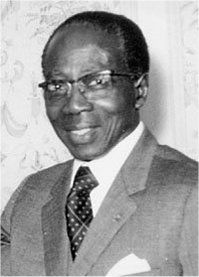
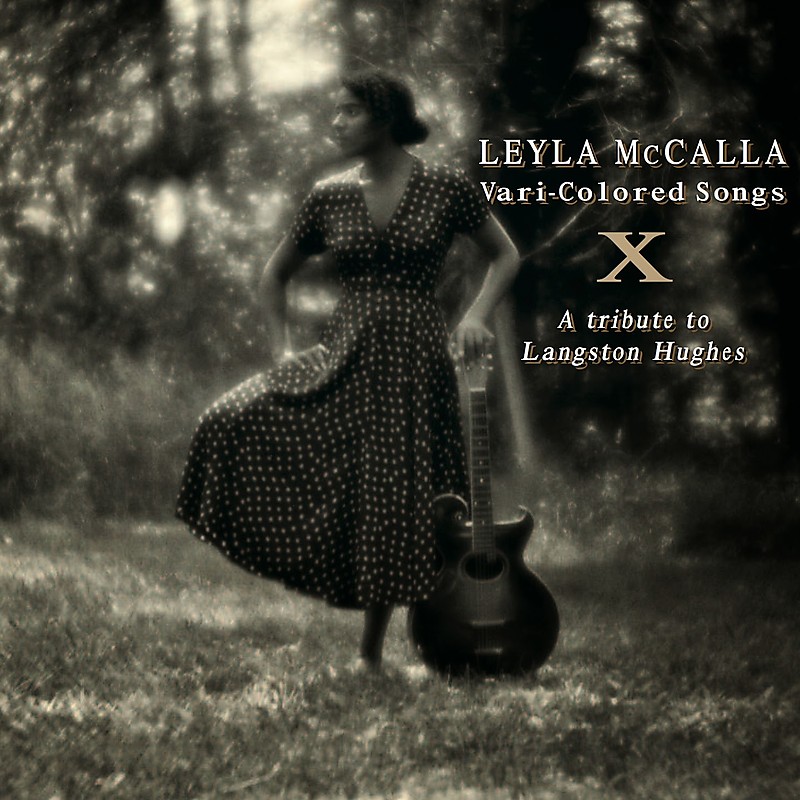
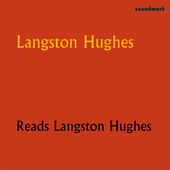
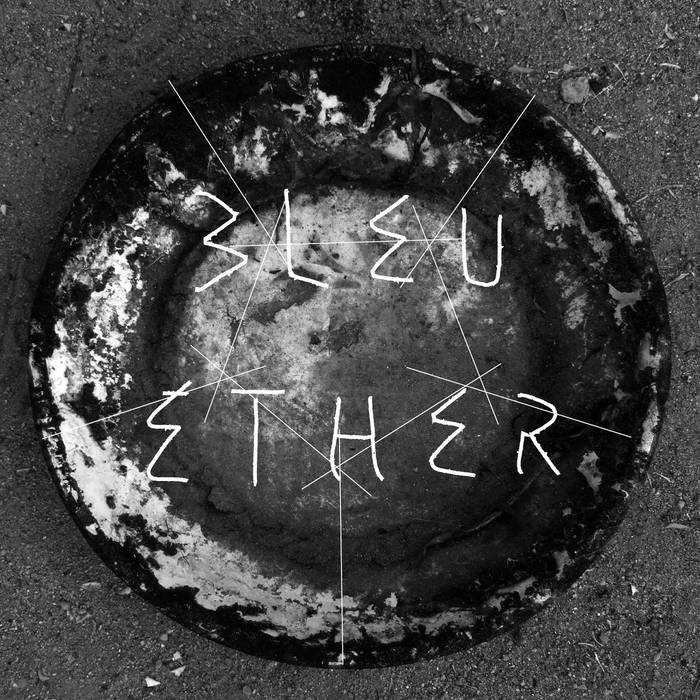




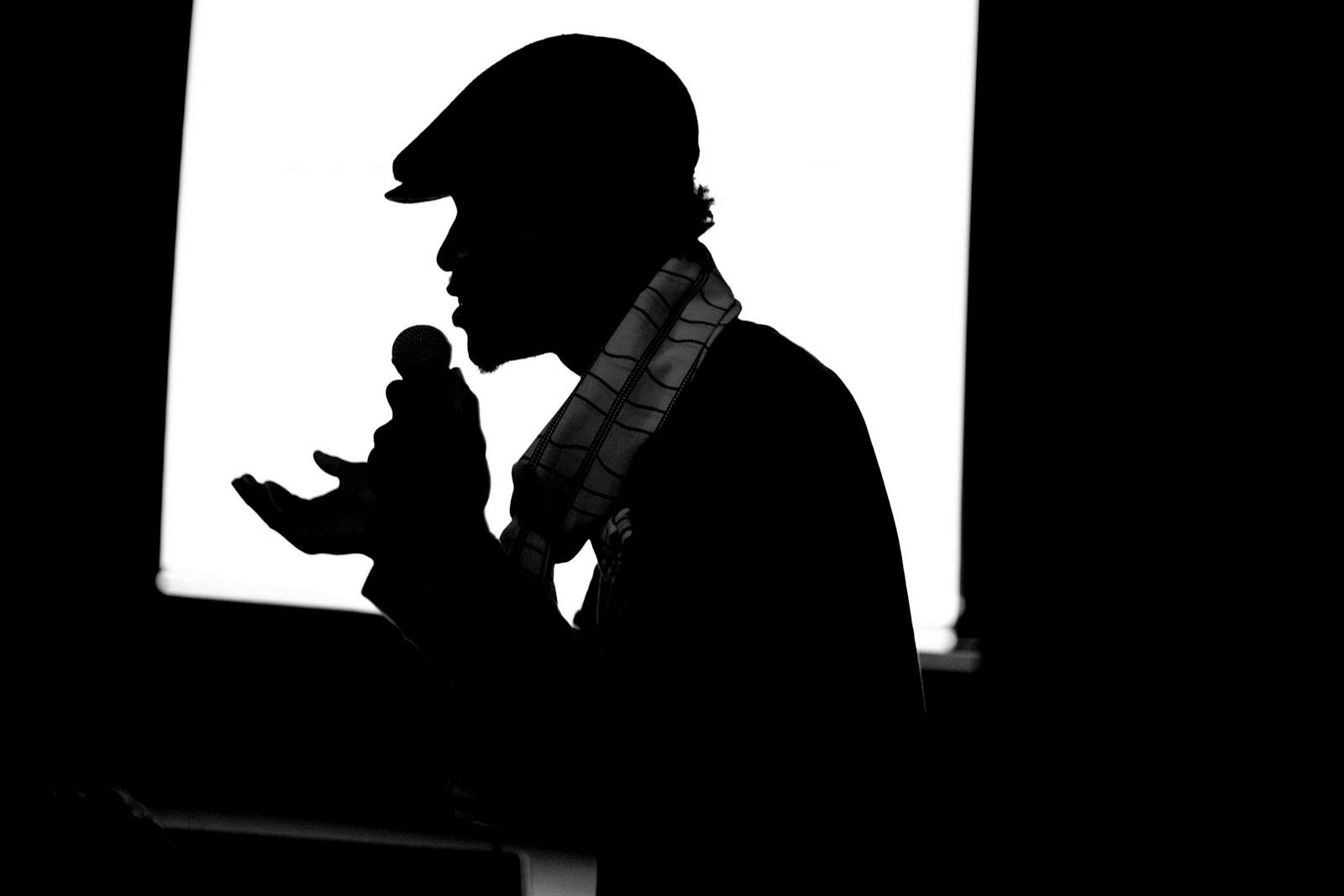






![La Danza Poetica #33 Εμπιστοσύνη [Trust]](https://images.squarespace-cdn.com/content/v1/54d825ade4b0b474c08598ec/1439777060723-LAG4IL2NX6NARNHQU55H/image-asset.jpeg)













